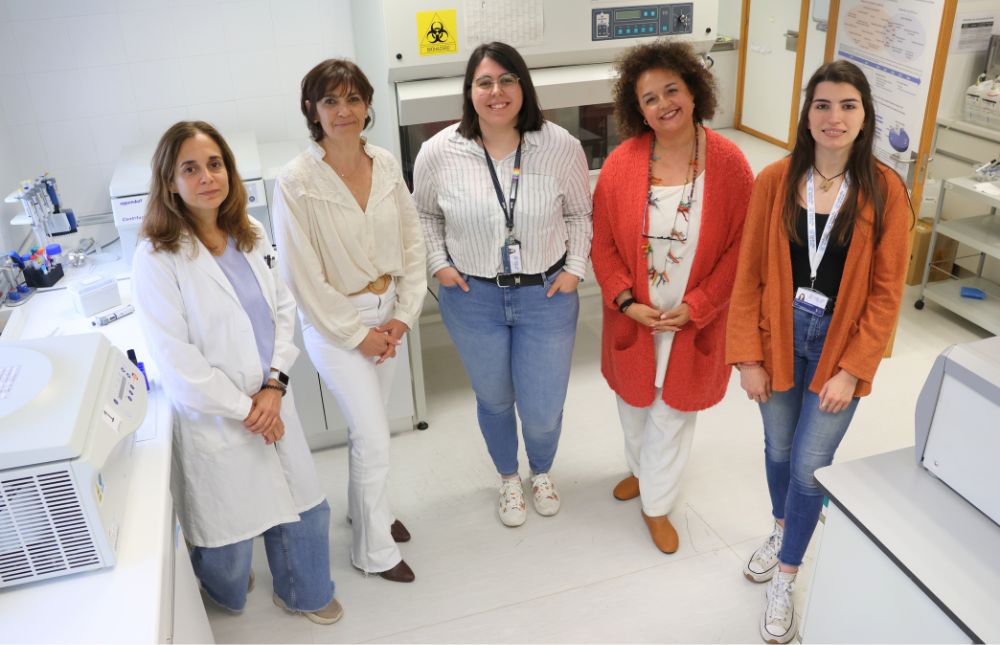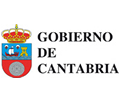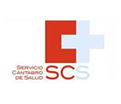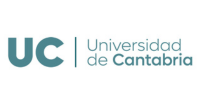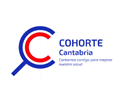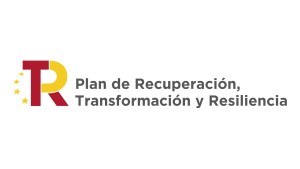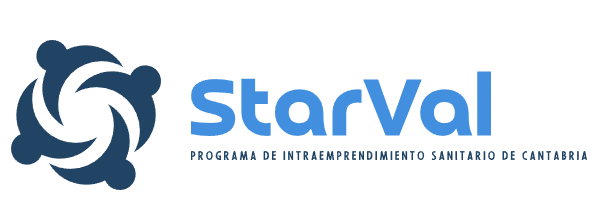Researchers from the Photonic Engineering Group (UC/IDIVAL/CIBER-BBN), in collaboration with the Valdecilla Biobank and the IDIVAL Microscopy Unit, have published a new study in the journal Spectrochimica Acta Part A: Molecular and Biomolecular Spectroscopy. The study, titled Assessment of blood serum stability with Raman spectroscopy and explanatory AI, demonstrates that Raman spectroscopy, combined with explainable artificial intelligence (XAI), can be an effective tool for evaluating the quality of blood serum and plasma samples intended for biomedical research.
This work stems from the collaboration between IDIVAL and the University of Cantabria within the framework of the external internship program of the Master’s Degree in Light Science and Engineering, and it currently continues as part of the Valdecilla Biobank project for the ISCIII Platform for Biomodels and Biobanks (PT23/00058).
In this study, serum samples from 18 individuals were analyzed after being stored at room temperature for different periods of time, simulating typical delays in clinical environments. The samples were examined using Raman spectroscopy, a non-invasive optical technique that allows the molecular composition of a material to be studied. The data were then processed using multivariate analysis techniques, automatic classification models (KNN, Random Forest, SVM), and result interpretation methods based on XAI.
Although the chemical changes detected were subtle, the AI models succeeded in distinguishing between fresh and degraded samples. A key finding was that the autofluorescent background of the Raman spectra, typically considered noise, could actually serve as an indicator of serum quality.
This advance has important implications for clinical laboratories and biobanks, where ensuring sample quality is crucial. Quickly identifying whether a sample is suitable could improve the reliability of analyses, reduce costs, and help prevent errors in subsequent studies.
The team will continue validating this methodology with more samples and under real laboratory conditions, with the aim of developing automated tools for quality control in bioanalysis.
Link to the article: https://pubmed.ncbi.nlm.nih.gov/40359594/
Caption: Inés Santiuste, coordinator of the DNA and Fluids Node of the Valdecilla-IDIVAL Biobank; María José Marín, scientific director of the Valdecilla-IDIVAL Biobank; Verónica Mieites, predoctoral researcher in the Photonic Engineering Group at IDIVAL/University of Cantabria; Olga María Conde, researcher in the Photonic Engineering Group at IDIVAL/University of Cantabria; and María Gabriela Fernández, predoctoral researcher in the Photonic Engineering Group at IDIVAL/University of Cantabria.

